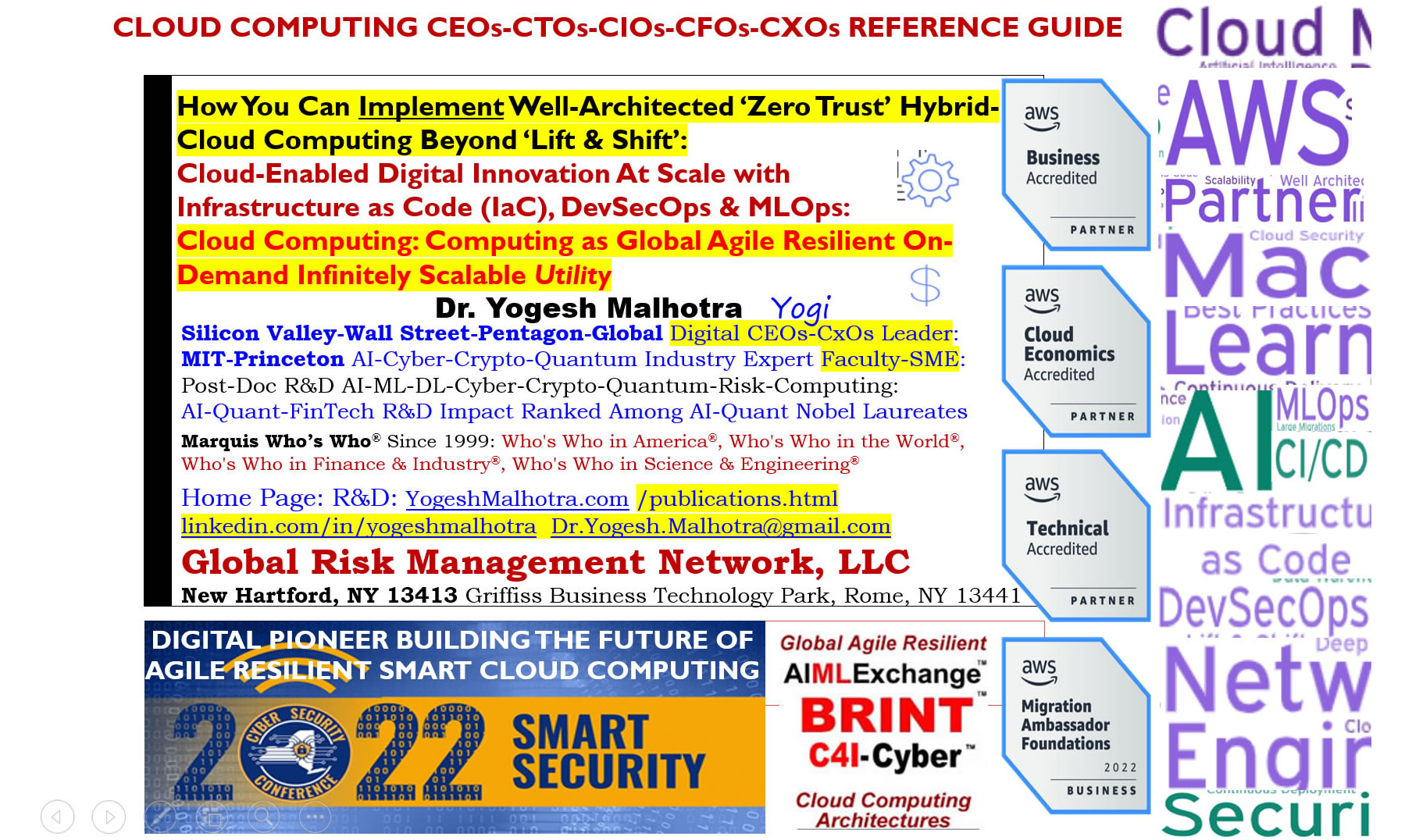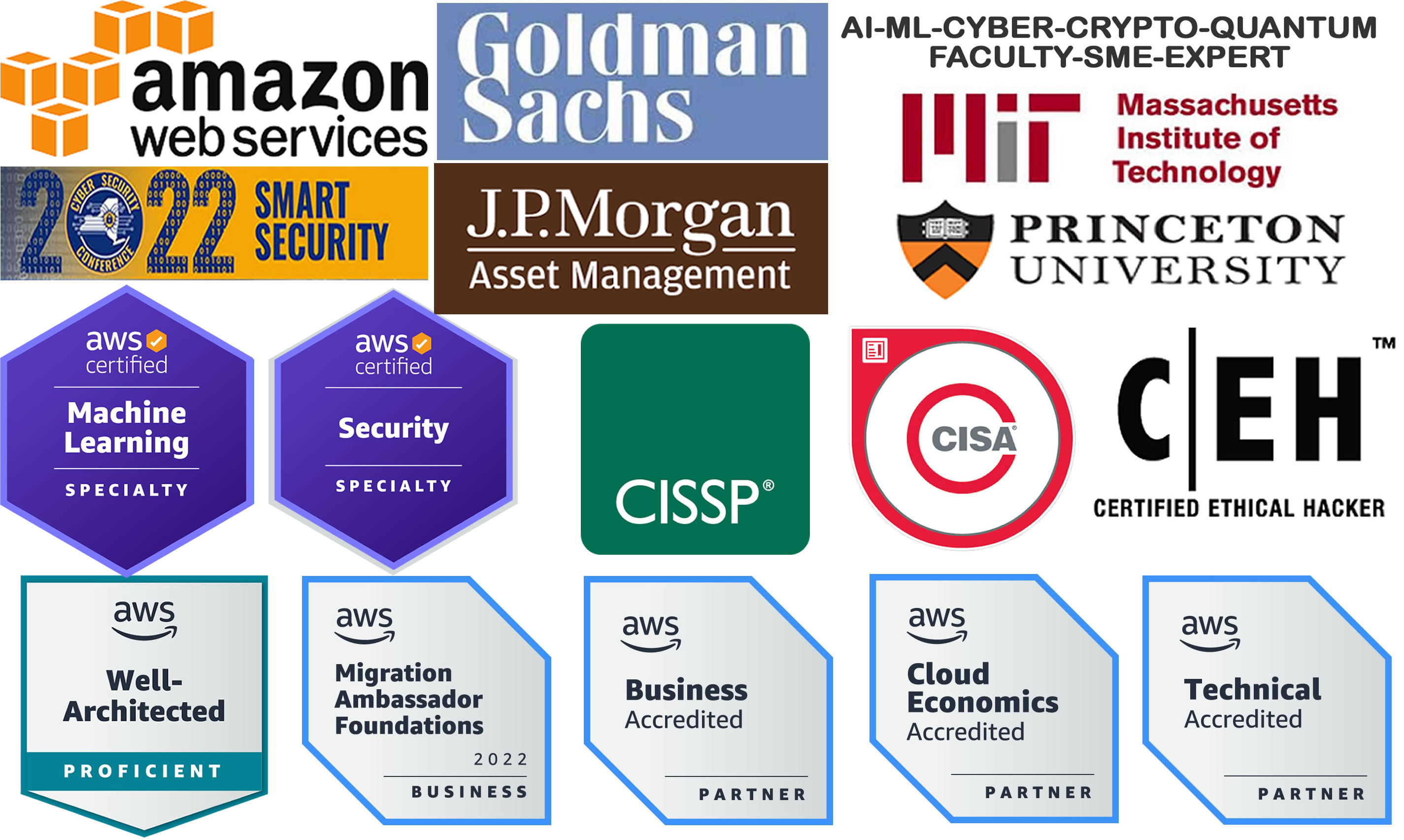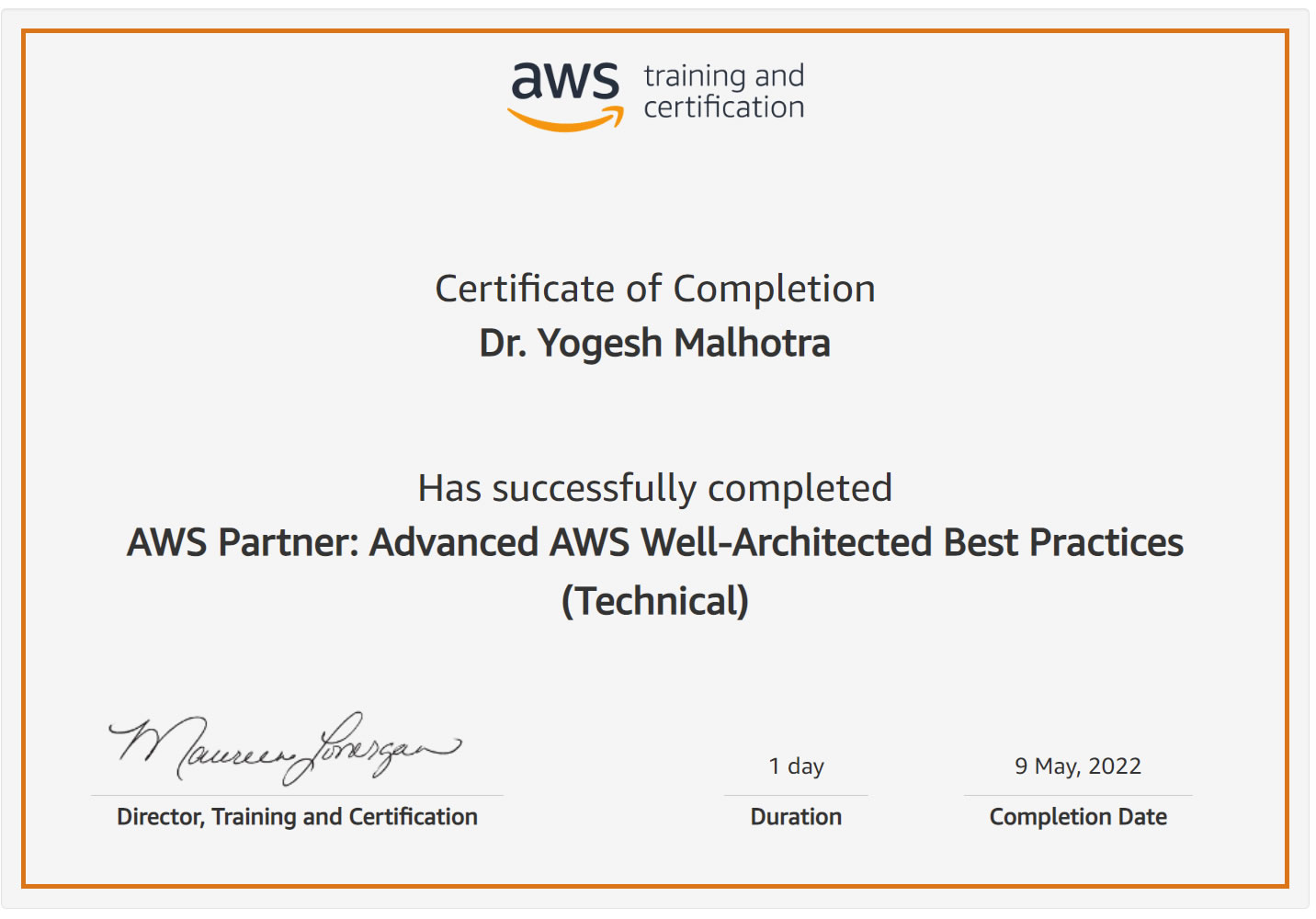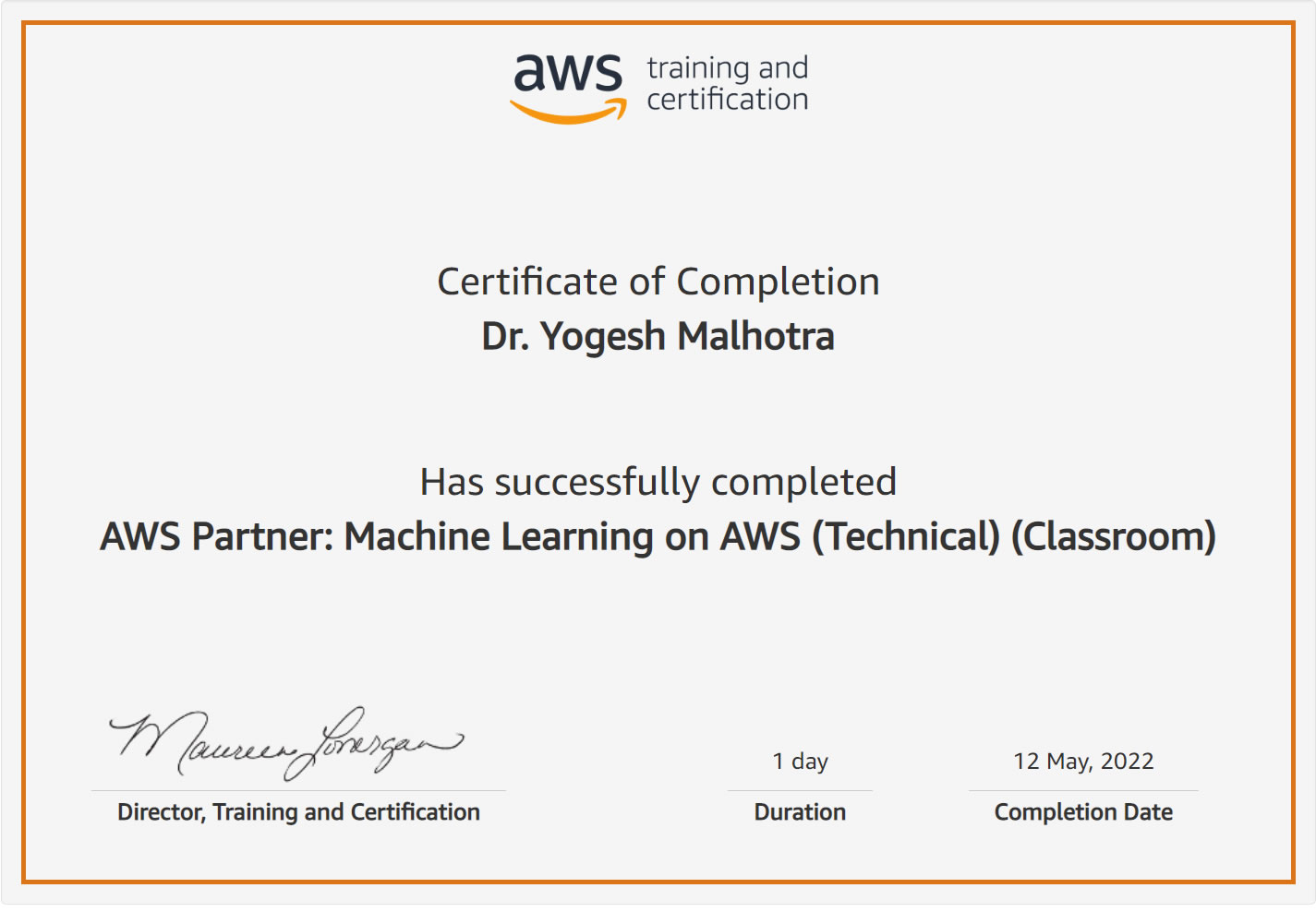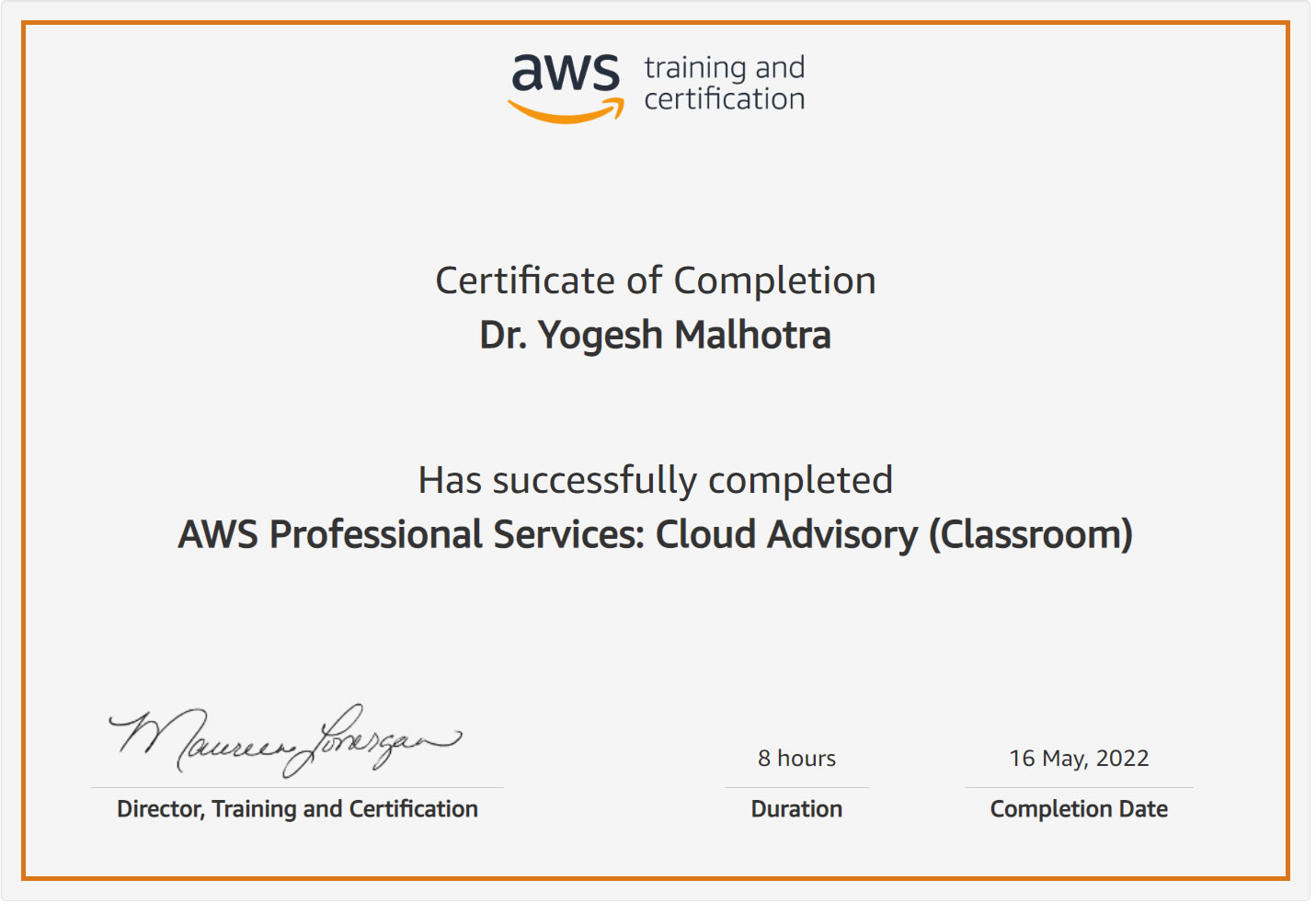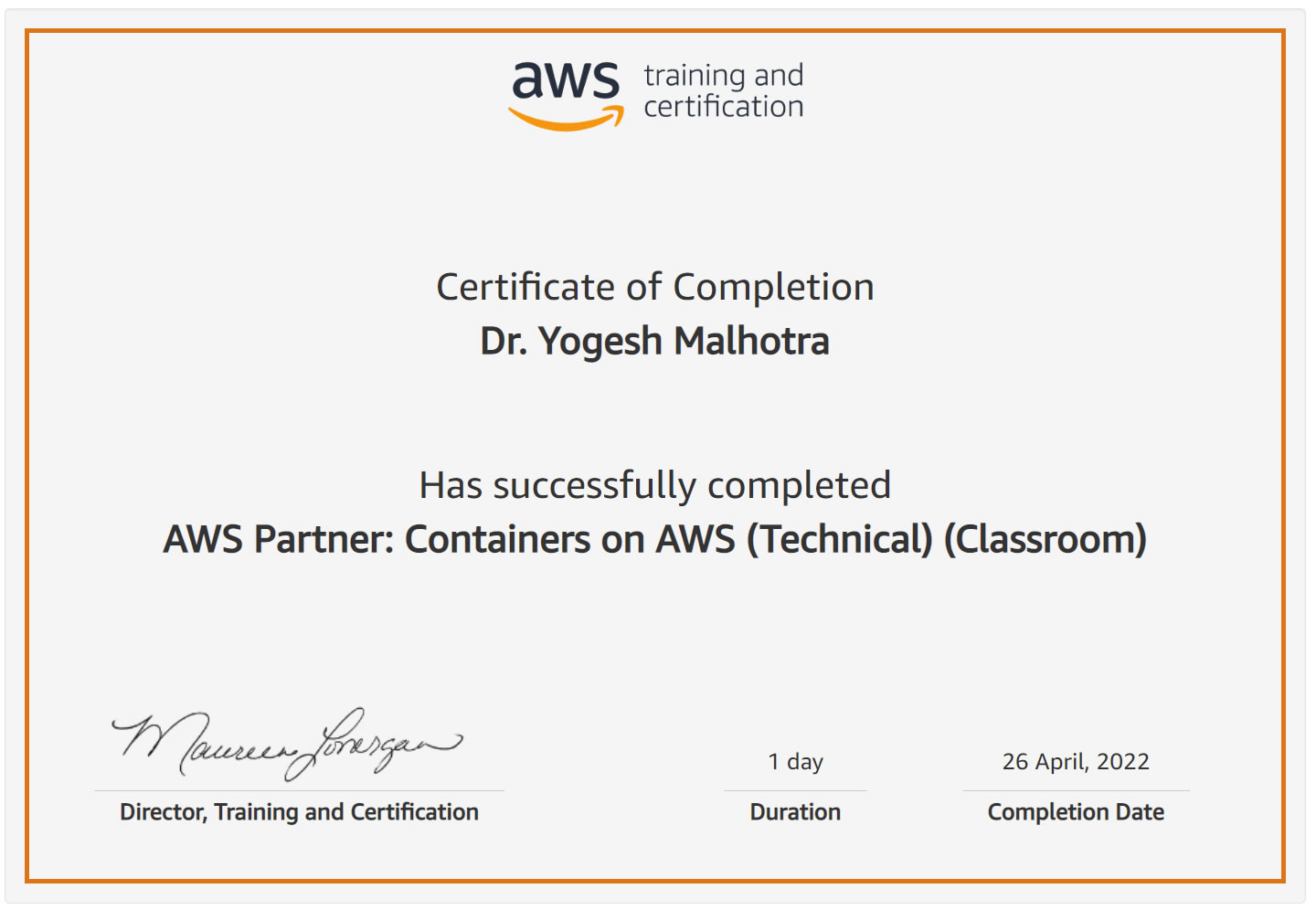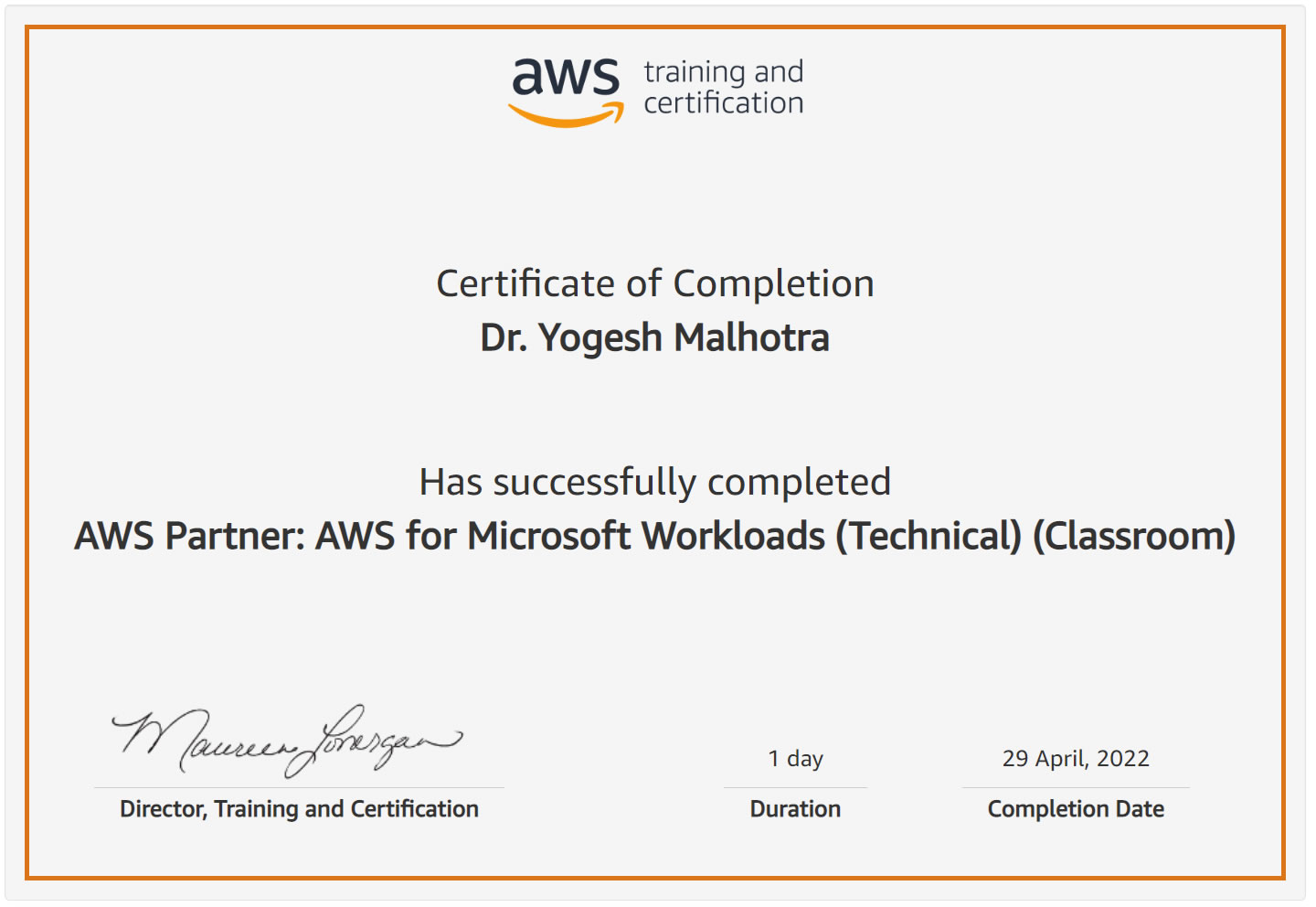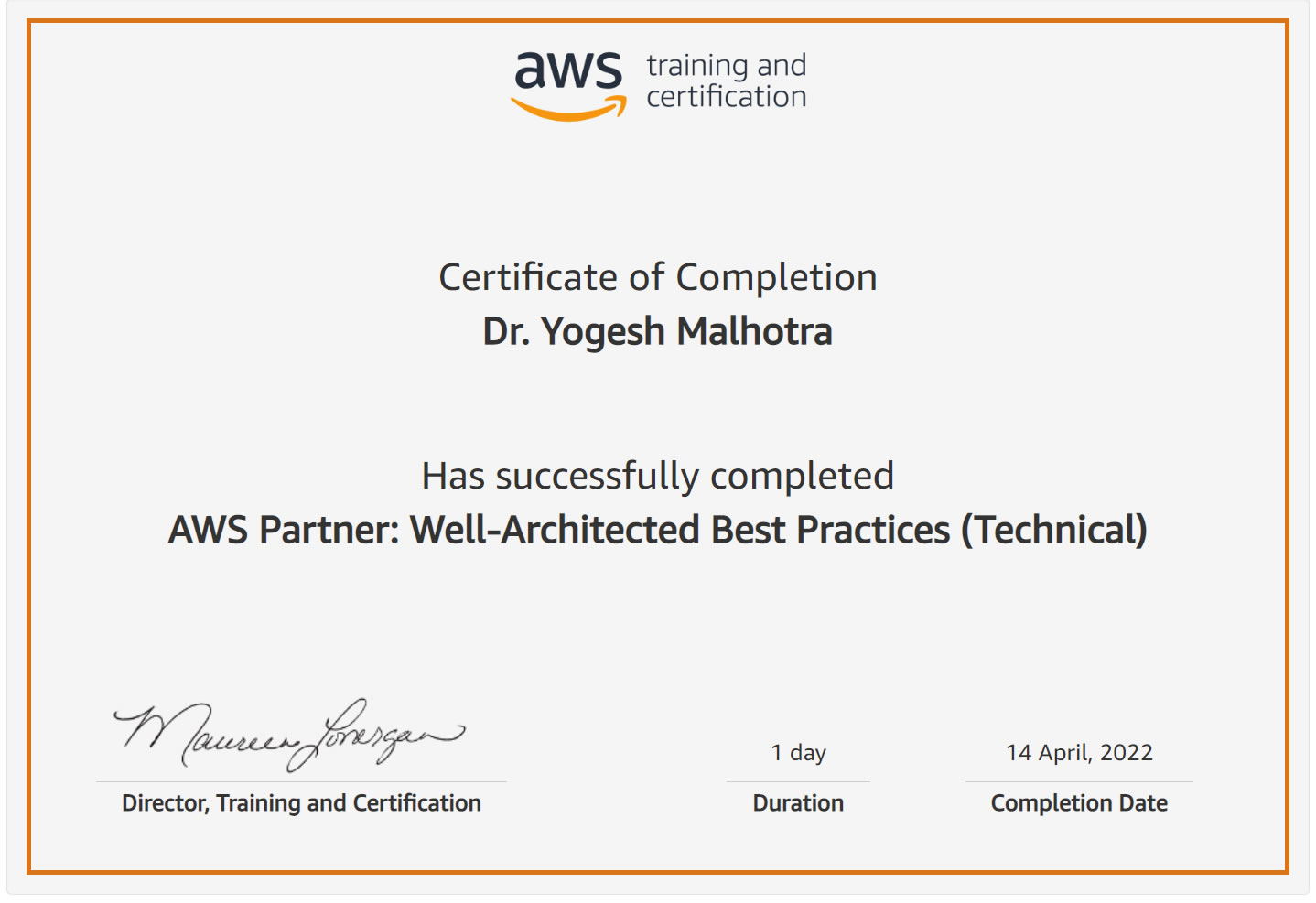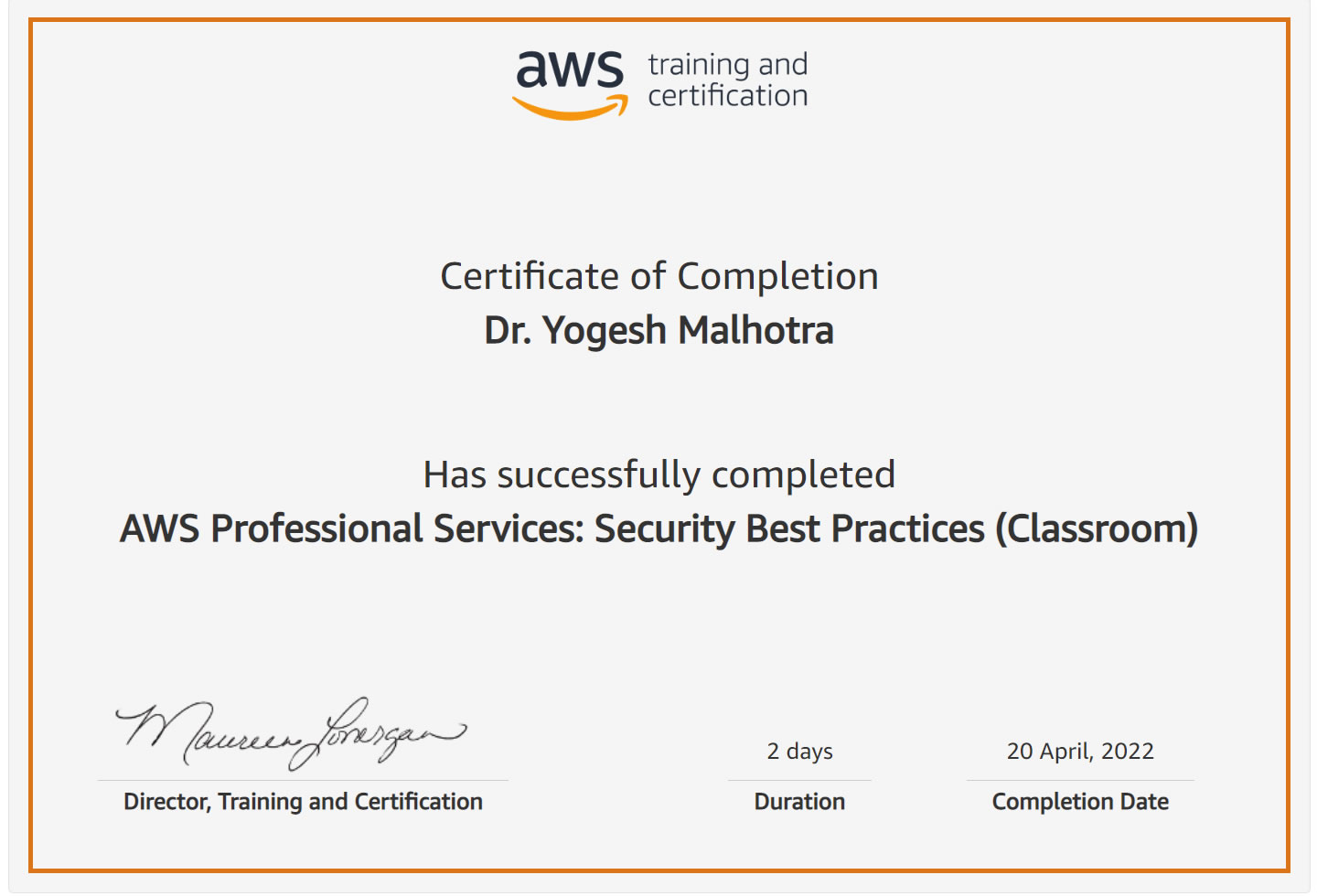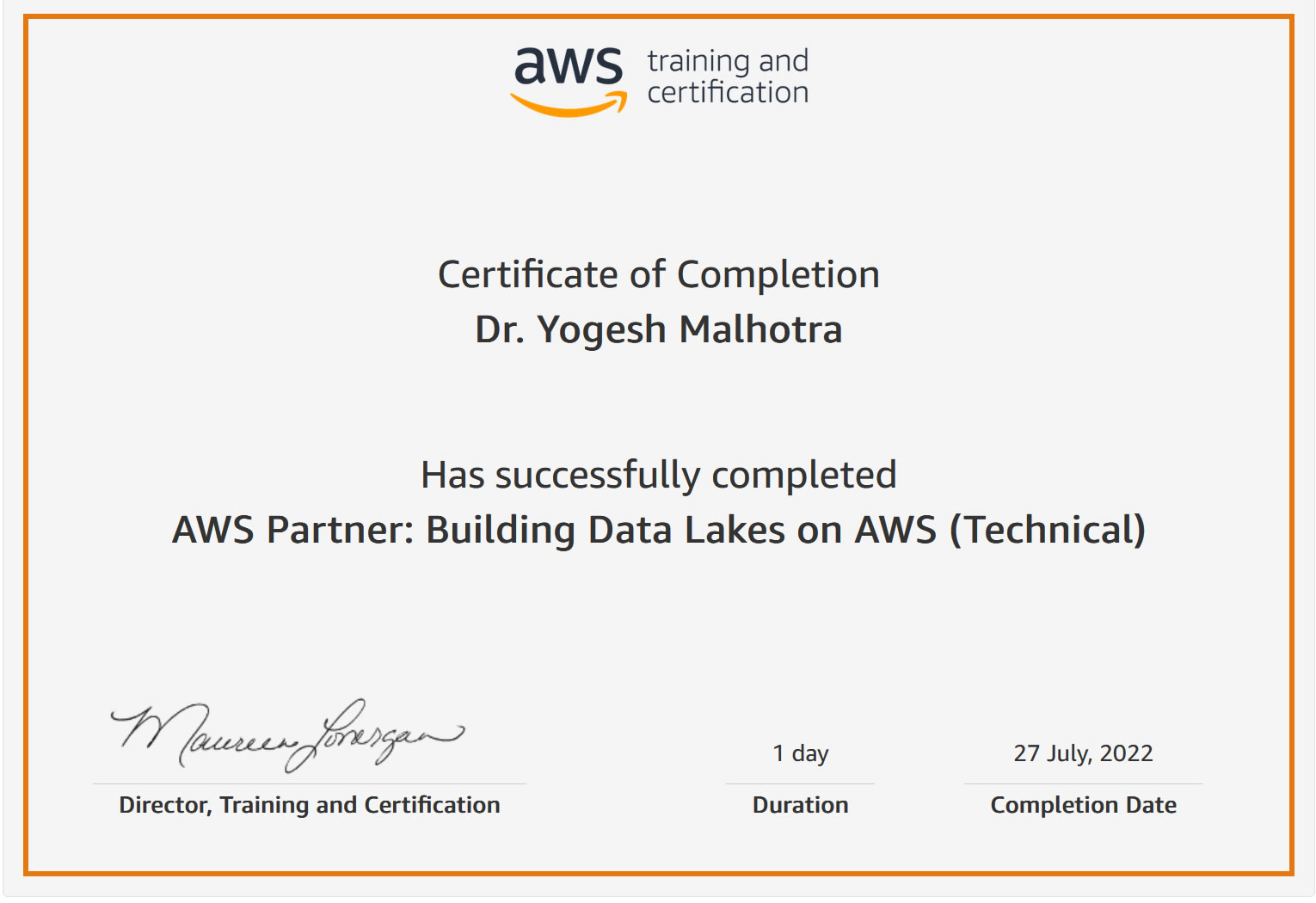One Click-Search Top GenAIs & Search Engines Without Registration or Login!™
Compare: GenAI Results: ChatGPT c - Perplexity p - You g: Cross-Validate with Search Engines.
RESEARCH ANYTHING: GO DEEP: GenAI: Quantum: BlockChain: Cloud...'Want 'Happiness'... Voila!'™
Type stock e.g. MSFT, click SEARCH for STOCKS Trading Analysis, Charts, Data
Type company, keyword(s), question; Compare GenAI & Search Engine Results
RoboAdvisors: Stocks - Options - Futures - ETFs - Alternative Assets - Mix All
Compare: GenAI Results: ChatGPT c - Perplexity p - You g: Cross-Validate with Search Engines.
CLICK GenAI-c-p-g Options: Connect Concepts: Create Digital Future™ : Know-Build-Monetize™!
To Connect Concepts, Click +, for Generative AI add Hallucination using + next to it.
We Lead and Advise Global CEO-CxO Teams
Saving Global CEO-CxO Teams 90% Time & Cost
Building Agile and Resilient Enterprises, Systems, Technologies
We Enable Global Digital CEO-CxO Teams by "accelerating business technology performance" and "engineering risk resilience" in Knowing-Building-Monetizing™ Hi-Tech Digital Practices, Strategies, Technologies, Architectures, Teams, Networks, and Ventures.
Compare: 3 GenAI Responses: ChatGPT c - Perplexity p - You g: Cross-Validate with Search Engines: Bing : Google : MORE...
BREAKING NEWS:
Google : Bing : AP News : Reuters : ABC : CNN : CBS : Fox : YouTube : X/Twitter: TikTok : Facebook
NEWS:
Bloomberg : FT : WSJ : MarketWatch : Barrons : BusinessWeek : CNBC : Wired : TechCrunch : VentureBeat : Verge
MARKETS:
Yahoo! : MorningStar : Bloomberg : Google : StockAnalysis : Alpha : WSJ : MarketWatch : Barrons : MSN : CNBC
STOCKS:
Yahoo! - History : StockCharts : StatMuse : SEC : YCharts : BarChart : RealTime : WSJ : MorningStar
STOCKS:
Stock Analysis - Screener - Exchanges : MarketWatch : CNBC : TradingView : FinViz : NASDAQ : NYSE
ROBOADVISORS:
Stocks-c-p-g - Options-c-p-g - Futures-c-p-g - ETFs-c-p-g - Alt Assets-c-p-g - Mix Securities-c-p-g
SHOP:
Google : Yahoo! : Amazon - CamelCamelCamel : Walmart : Temu : AliExpress : Shein : Shopzilla : RetailMeNot
TRAVEL:
Tripadvisor : Kayak : Trivago : Google Flights : Skiplagged : Booking : Expedia : GAS : Prices Near Me: GasBuddy
MAPS
Google : MapQuest : Waze : Here WeGo : FLIGHTS FlightAware : Flightradar24 : PARKING BestParking : Parkopedia
KNOW: AIMLexchange : Bing : Google : DuckDuckGo : You : Qwant : Yahoo : Ask : Baidu : Yandex : Internet Archive : Wiki
GOOGLE: Web : News : Videos : Images : Maps : Patents : Translate
--
BING: Web : News : Videos : Images : Maps : COPILOT
PAPERS: Google Scholar [Surveys] : arXiv.org [Surveys] : SSRN [Surveys ]: Medium : Analytics Vidhya
GENERATIVE AI-c-p-g are GenAI options:
Generative AI-c-p-g-+ :
AWS Bedrock-c-p-g-+ :
AWS SageMaker-c-p-g-+ :
Hallucination-c-p-g-+ :
Algorithms-c-p-g-+ :
Models-c-p-g-+ :
Foundation Models-c-p-g-+ :
Large Language Models-c-p-g-+:
LLMOps-c-p-g-+ :
AIOps-c-p-g-+ :
MLOps-c-p-g-+ :
DevSecOps-c-p-g-+ :
GPT (Generative Pre-trained Transformer)-c-g-+ :
ChatGPT-c-p-g-+:
Knowledge Graph-c-p-g-+ :
Prompt Engineering-c-p-g-+ :
Chain of Thought-c-p-g-+ :
ReACT-c-p-g-+ :
Prompt Injection-c-p-g-+ :
Red Teaming-c-p-g-+ :
Retrieval-Augmented Generation (RAG)-c-p-g-+ :
Reinforcement Learning from Human Feedback (RLHF)-c-p-g-+ :
Text Embedding-c-p-g-+ :
Word Embedding-c-p-g-+ :
Vector Embedding-c-p-g-+ :
Vector Database-c-p-g-+ :
Quantization-c-p-g-+ :
Tokenization-c-p-g-+ :
Model Tuning-c-p-g-+ :
LoRA (Low-Rank Adaptation)-c-p-g-+ :
QLoRA (Quantized Low-Rank Adaptation)-c-p-g-+ :
Transformer Architecture-c-p-g-+ :
Anthropic-c-p-g-+ :
Claude-c-p-g-+ :
Hugging Face-c-p-g-+ :
LangChain-c-p-g-+ :
Llama-c-p-g-+ :
LlamaIndex-c-p-g-+ :
Mistral-c-p-g-+ :
QUANTUM-c-p-g are GenAI options:
Quantum Mechanics-c-p-g-+ :
Quantum Physics-c-p-g-+ :
Quantum Mathematics-c-p-g-+ :
Quantum Supremacy-c-p-g-+ :
Quantum Mind-c-p-g-+ :
Quantum Cognition-c-p-g-+ :
Quantum Consciousness-c-p-g-+ :
Quantum Uncertainty-c-p-g-+ :
Quantum Complexity-c-p-g-+ :
Time Space Complexity-c-p-g-+ :
Quantum Computing-c-p-g-+ :
Quantum Algorithm-c-p-g-+ :
Quantum Cryptography-c-p-g-+ :
Post-Quantum Cryptography-c-p-g-+ :
+ :
Quantum Key Distribution-c-p-g-+ :
Quantum Machine Learning-c-p-g-+ :
Quantum AI-c-p-g-+ :
Google Quantum AI-c-p-g-+ :
IBM Quantum AI-c-p-g-+ :
Microsoft Quantum AI-c-p-g-+ :
Quantum Generative AI-c-p-g-+ :
Quantum Blockchain-c-p-g-+ :
Quantum Annealing-c-p-g-+ :
Quantum Processor-c-p-g-+ :
Quantum Chip-c-p-g-+ :
Quantum Network-c-p-g-+ :
Qubit (Quantum Bit)-c-p-g-+ :
Quantum Communication-c-p-g-+ :
Quantum Information-c-p-g-+ :
Quantum Programming-c-p-g-+ :
Adiabatic Quantum Computing-c-p-g-+ :
Neuromorphic Quantum Computing-c-p-g-+ :
Quantum Gate-c-p-g-+ :
Quantum State-c-p-g-+ :
Quantum Parallelism-c-p-g-+ :
Quantum Error Correction-c-p-g-+ :
Quantum Volume-c-p-g-+ :
Quantum Superposition-c-p-g-+ :
Quantum Entanglement-c-p-g-+ :
Quantum Teleportation-c-p-g-+ :
Quantum Tunneling-c-p-g-+ :
Quantum Coherence-c-p-g-+ :
Quantum Decoherence-c-p-g-+ :
Shor's Algorithm-c-p-g-+ :
Grover's Algorithm-c-p-g-+ :
Bell's Theorem-c-p-g-+ :
IonQ-c-p-g-+ :
D-Wave-c-p-g-+ :
Rigetti-c-p-g-+ :
BLOCKCHAIN-c-p-g are GenAI options:
Cryptocurrency-c-p-g-+ :
Bitcoin-c-p-g-+ :
Ethereum-c-p-g-+ :
Blockchain-c-p-g-+ :
DLT (Digital Ledger Technology)-c-p-g-+ :
NFT (Non Fungible Tokens)-c-p-g-+ :
DeFi (Decentralized Finance)-c-p-g-+ :
DAO (Decentralized Autonomous Organization)-c-p-g-+ :
Metaverse-c-p-g-+ :
Smart Contract-c-p-g-+ :
Wallet-c-p-g-+ :
Fork-c-p-g-+ :
Token-c-p-g-+ :
Chain-c-p-g-+
CLOUD-c-p-g are GenAI options:
Cloud-c-p-g-+ :
On Prem-c-p-g-+ :
Hybrid-c-p-g-+ :
AWS-c-p-g-+ :
Azure-c-p-g-+ :
Google-c-p-g-+ :
IBM-c-p-g-+ :
Oracle-c-p-g-+ :
SAP-c-p-g-+ :
ServiceNow-c-p-g-+ :
SalesForce-c-p-g-+ :
VMware-c-p-g-+ :
Kubernetes-c-p-g-+ :
CI-CD-p-c-g-+ :
Container-c-p-g-+ :
Docker-c-p-g-+ :
Snowflake-c-p-g-+
COURSES: Coursera : edX : Udemy : Udacity : AIMLExchange : Google
CODES: GitHub : Stack Overflow : Papers & Code : Machine Learning : Analytics : Data Science : Computer Vision
DATA: Papers & Code : DataSet : DataSets
ALGORITHMS: Algorithm : Algorithms
QUESTIONS: Khan Academy : Quora : StackOverflow : Y!Answers : Stack Exchange
EVENTS: Webinars : Conferences : Hackathons : Competitions : Challenges
CONNECT: LinkedIn : Twitter : Facebook : Instagram : Pinterest : Reddit : TikTok
RECRUIT: Google Jobs : LinkUp : Simply Hired : Indeed : USA Jobs : ZipRecruiter
MONETIZE: Incubator : Accelerator : Seed Funding : Series A : B : C : D : E : IPO : Merger : Acquisition
MONETIZE: Venture Capital : Angel Investor : SARP : Y Combinator : Techstars : VentureBeat
From Future of Finance™ to Future of Defense™
Because the Future of the World Depends Upon It™
Our current Hi-Tech focus spans Artificial Intelligence (AI), Machine Learning (ML), Deep Learning (DL), Natural Language Processing (NLP), Robotic Process Automation (RPA), Data Science & Advanced Analytics, FinTech-Crypto, Computational Quantitative Finance & Trading, Blockchain and Cloud Computing, Cybersecurity & Cryptography, Penetration Testing & Ethical Hacking, Model Risk Management & Model Risk Arbitrage, Quantum Computing & Quantum Cryptography, Quantum Uncertainty & Time Space Complexity among other technology themes.
“The new business model of the Information Age, however, is marked by fundamental, not incremental, change. Businesses can't plan long-term; instead, they must shift to a more flexible anticipation-of-surprise model.”
- CIO Magazine Interview, Dr. Yogesh Malhotra.
“The very essence of what various IT systems can do in the context of KM begins and ends with people and processes. In absence of motivation and commitment on the part of the users, such systems cannot function.”
- CIO Insight Interview, Dr. Yogesh Malhotra.
“Obsolete what you know before others obsolete it and profit by creating the challenges and opportunities others haven't even thought about...”
- Inc. Magazine Interview, Dr. Yogesh Malhotra.
“Yogesh Malhotra says his vision is to fill the gaps between business and technology, data and knowledge, and, theory and practice...”
- Fortune Magazine Interview, Dr. Yogesh Malhotra.
“Knowledge Management refers to the critical issues of organizational adaptation, survival and competence against discontinuous environmental change. Essentially it embodies organizational processes that seek synergistic combination of data and information processing capacity of information technologies, and the creative and innovative capacity of human beings.”
- The Wall Street Journal Interview, Dr. Yogesh Malhotra.
“The synergy of 'smart minds' and 'smart technologies' provides a basis for defining agile and adaptable supply chain networks that can withstand the challenges of a radically changing business environment.”
- Institute for Supply Management Interview, Dr. Yogesh Malhotra.
Join Our Global Post AI-Quantum Networks™... LinkedIn is Past!
'Your Survival Network for The Brave New World Of Business'™
“The best way to predict the future is to create it.” —Peter Drucker
We Create the Digital Future™
We have been Doing So Since the Beginning of the WWW...
AWS-Quantum Valley: Building the Future of AI-Quantum Networks Beyond ChatGPT-GenAI-LLMs™
We have been Doing So Since the Beginning of the WWW...
Worldwide top leadership programs such as the Harvard MBA, world leaders such as Microsoft founder Bill Gates, Big-4 CxOs, and, CIOs of the US Army, US Navy, and US Air Force, and, the U.S. Joint Chiefs of Staff of the Department of Defense including U.S. National Heads of C4 Systems and National Defense University have adopted, applied, and recommended our digital ventures transforming global digital practices.
Sample of our corporate and organizational clients and patrons
Banking-Finance-IT: Goldman Sachs, Google, HP, IBM, Intel, Microsoft, Wells Fargo
Consulting Firms: Accenture, Ernst & Young, McKinsey, Pricewaterhouse Coopers
Healthcare: WHO, US Health & Human Services, UK Dept. of Health, European HMA
World Governments: Australia, Brazil, Canada, China, European Union, UK, USA
U.S. Defense: AFRL, Air Force, Army, CCRP, Comptroller, DISA, DoD, NASA, Navy
World Defense: Australia (Air Force), Canada (Defence R&D), UK (Ministry of Defence)
Universities: Harvard, INSEAD, MIT, Princeton, Stanford, UC Berkeley, Wharton
Associations: AACSB, ABA, ACM, AICPA, AOM, APICS, ASTD, ISACA, IEEE, INFORMS
Global Business & IT Editorial Reviews as Industry Benchmark
Wall Street Journal, New York Times, Fortune, Fast Company, Forbes, Business Week, CIO, CIO Insight, Computerworld, Information Week, etc.
Global Risk Management Network, LLC
New York, USA
World-Leading R&D Building, Leading & Growing World-Leading
Global Digital Practices, Technologies, Teams, and, Ventures
We create the Digital Future™ Since the Beginning of the WWW.
Global Digital Practices, Technologies, Teams, and, Ventures
We create the Digital Future™ Since the Beginning of the WWW.
EMAIL CONTACT: Dr.Yogesh.Malhotra at gmail.com
Biographical Profile Google AI Podcasts Amazon.com Author Profile
Download Our Research:
Industry Expert Papers, Conference Keynotes & Presentations
and Published Books, Journals & Papers






AWS Network Cloud Computing Partner Executing the Post-AI-Quantum Future of Smart Cloud Computing
Silicon Valley-Wall Street-Pentagon Digital Pioneer: MIT-Princeton Expert: R&D Impact Among Nobel Laureates
Invited Interviews: Top U.S. Air Force Science Role, Pentagon United States Air Force Chief Scientist
GIBC Digital Welcomes Leading Machine Learning & AI Expert to Head $1 Billion AI-ML Excellence Center
Block Chain Cloud Pioneer welcomes Dr. Yogesh Malhotra as Chief AI-Crypto Strategy-Technology Architect
AACSB Impact of Research Report: Dr. Yogesh Malhotra's R&D among Finance Nobel Laureates: Black-Scholes
Business Standard: Dr. Yogesh Malhotra Among Digital Pioneer Professors from Dartmouth, Harvard & Yale
![AWS Network Partner: Dr. Yogesh Malhotra: Global Risk Management Network, LLC: We Create the Digital Future [TM]](https://yogeshmalhotra.com/images/AWSPartnerNetwork.jpg)






















































